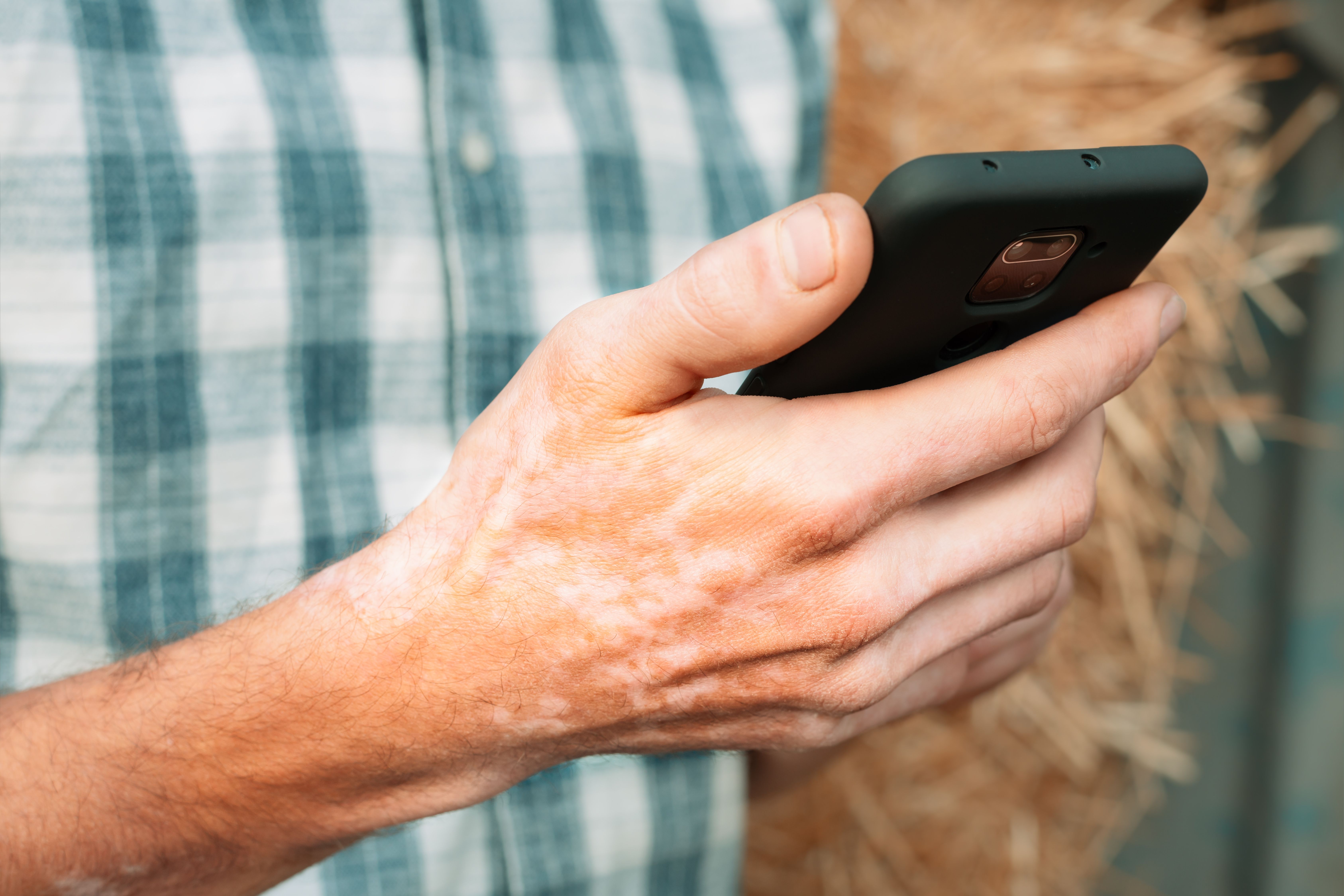- Case-Based Roundtable
- General Dermatology
- Eczema
- Chronic Hand Eczema
- Alopecia
- Aesthetics
- Vitiligo
- COVID-19
- Actinic Keratosis
- Precision Medicine and Biologics
- Rare Disease
- Wound Care
- Rosacea
- Psoriasis
- Psoriatic Arthritis
- Atopic Dermatitis
- Melasma
- NP and PA
- Skin Cancer
- Hidradenitis Suppurativa
- Drug Watch
- Pigmentary Disorders
- Acne
- Pediatric Dermatology
- Practice Management
- Prurigo Nodularis
- Buy-and-Bill
Article
The Dark side
Amid continued public patronization even in the face of increased awareness of the dangers, tanning remains at the center of debate among doctors and the tanning industry.

Key Points
National report - While dermatologists and tanning industry representatives debate the dangers of tanning beds, the impact of a base tan and the sun's role in synthesizing vitamin D, new research about the addictive power of UV rays is coming to light.
Frequent tanners tan perhaps not only to look good, but also to feel good, says Steven R. Feldman, M.D., Ph.D., Winston-Salem, N.C.
"Our efforts to get people to stop tanning because of wrinkles or fears of skin cancer will have to overcome what people perceive as an immediate benefit," he says.
To test this theory, he and colleagues exposed frequent tanners to two tanning beds - one UV-free - then let them choose their preference.
"They almost always chose the UV bed. There was something about UV that these people found relaxing (Feldman SR et al. J Am Acad Dermatol. 2004;51:45-51)," he tells Dermatology Times.
Furthermore, Dr. Feldman says that giving frequent tanners endorphin blockers not only reduced their preference for the UV bed, "but some of them even got sick" with withdrawal-like symptoms (Kaur M et al. J Am Acad Dermatol. 2006;54:709-711).
Such research "brings to the forefront the importance of being proactive in helping to develop laws against indoor tanning in minors. If one does it often enough, it can cause addiction-like behavior," says Sharon Glick, M.D., director of pediatric dermatology, State University of New York Downstate Medical Center, Brooklyn, N.Y.
Today's limits
Currently, more than two dozen states limit teens' access to indoor UV tanning (McLaughlin JA et al. Arch Dermatol. 2007 Apr;143[4]:529-532).
Of these states, five prohibit tanning by children under the age of 14 (including New Hampshire, which requires written physician consent). Wisconsin sets the minimum age at 16, while North Carolina and Texas have set it at 13 (the latter requiring physician permission and parental presence).
In nine states, parents must accompany minors to tanning parlors, while in 15 states parents must be present to sign consent forms. (For information about what could become the nation's most sweeping tanning regulation.)
"The World Health Organization has advocated that anybody under the age of 18 should be restricted from indoor tanning," Dr. Glick says.
In the United States, about 30 million people visit tanning beds each year, and about 1 million of those visit a tanning bed on an average day, according to the American Academy of Dermatology (AAD).
Meanwhile, the Food and Drug Administration's Center for Devices and Radiological Health says more than 1 million new skin cancer cases likely will be diagnosed domestically in 2007. According to the American Cancer Society's 2007 Facts & Figures, physicians will diagnose 108,230 new U.S. cases of melanoma this year - 48,290 in situ, 59,940 invasive. In addition, melanoma will claim 8,110 lives in 2007, according to the National Cancer Institute and American Cancer Society.
$5 billion business
Meanwhile, U.S. consumers will spend about $5 billion at tanning salons in 2007, says Joseph Levy, vice president, International Smart Tan Network (ISTN), an education-oriented industry group.
The AAD says this figure represents a fivefold increase since 1992.





